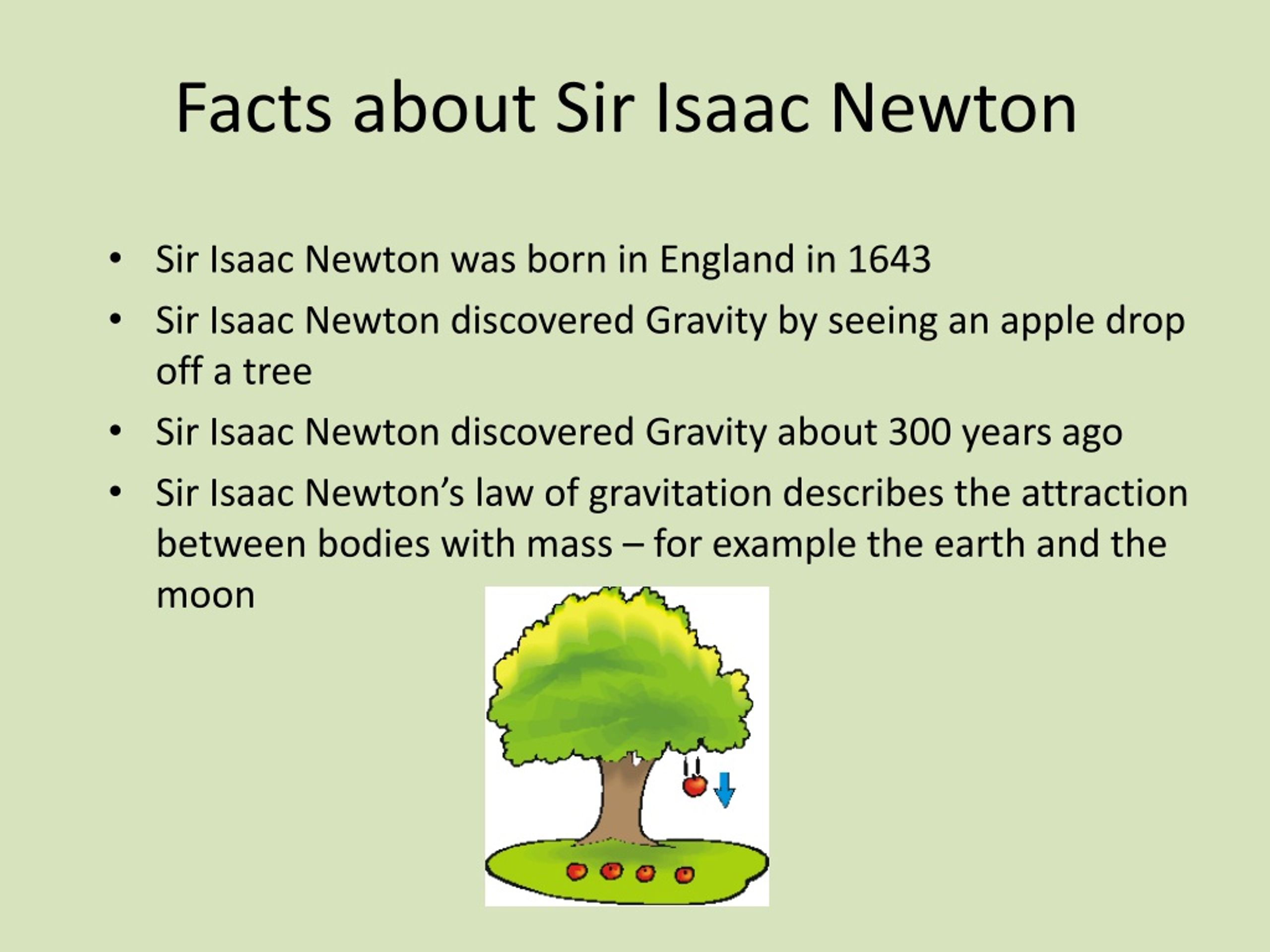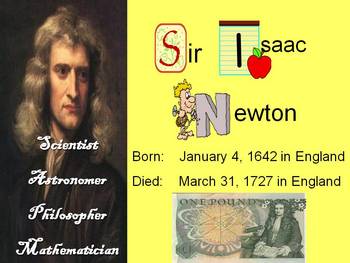
It was in the 1640s that mathematician Johannes Kepler derived the mathematical basis for describing planetary motions.

The Culmination of Newton’s Contributions

However, both Copernican and Ptolemaic models had failed to make accurate predictions about the exact positions of planets. That is when Polish astronomer Nicolas Copernicus suggested an alternative to the model of the solar system with the Sun at the center and the Earth orbiting around the Sun. The lasting influence of the European Renaissance led to a questioning culture of the previous theories. 100, Ptolemy proposed the longest-lasting mathematical model that considered the Earth to be the center of the solar system. (Image: Everett Collection/Shutterstock)Īround A.D. Newton discovered many laws of optics, experimenting with the help of a prism. He also framed his three laws of motion and derived the universal law of gravitation.Īll this was in the two plague years of 16, for in those days I was in my prime of age for invention, and minded mathematics and philosophy more than at any time since. Newton invented the branch of mathematics now known as calculus and discovered many of the laws of optics. He went on to formulate four important contributions to science and mathematics that provided answers to the problems of scientists of those times. It was during this year and a half that Newton had time for intense personal study and thought.

Newton was forced to spend eighteen months at the family farm. When the Great Plague ravaged Europe, students at Cambridge University were sent home to prevent further outbreaks. Wonder Years of Newtonĭuring the outbreak of the bubonic plague in 16, Newton was in the prime of his inventions.
#ISAAC NEWTON FUN FACTS SERIES#
This is a transcript from the video series The Joy of Science. He graduated by specializing in mathematics and philosophy in 1665. When in school, Newton studied the contributions of classical scholars and the writings of Kepler and Galileo.Īfter completing his course-related studies, Newton joined Trinity College in Cambridge in 1661. He preferred going to school to farming and was absentminded with his agricultural chores.Įventually, family and friends convinced Newton’s mother to send him back to school. It turned out that the teen was miserable as a farmer. On her return to the family, Newton’s mother forced him to quit school and, much against his wishes, sent him to work at their Lincolnshire farm. As a child, he showed his ingenuity in making clocks and building working models of windmills. He enjoyed drawing and was interested in making mechanical devices. Newton attended school from the age of five. These experiences probably had an influence on Newton’s aloof personality and the likely reason for his not publishing his scientific ad mathematical discoveries for years. She had three younger children from her second marriage. In 1653, Newton’s mother returned for the first time after his stepfather died. His mother remarried a minister when he was just three years old. The abandoned young Newton grew up with his grandmother until the age of 11. Newton’s father died three months before he was born. The newborn was so tiny that doctors thought the chances of his survival were grim. Isaac Newton was born on Christmas Day in 1642 in Woolsthorpe, a small village in Lincolnshire, East Central England. (Image: Bikeworldtravel/Shutterstock) Early Life of Newton: A Difficult Childhood Isaac Newton invented the branch of mathematics now known as calculus.


 0 kommentar(er)
0 kommentar(er)
